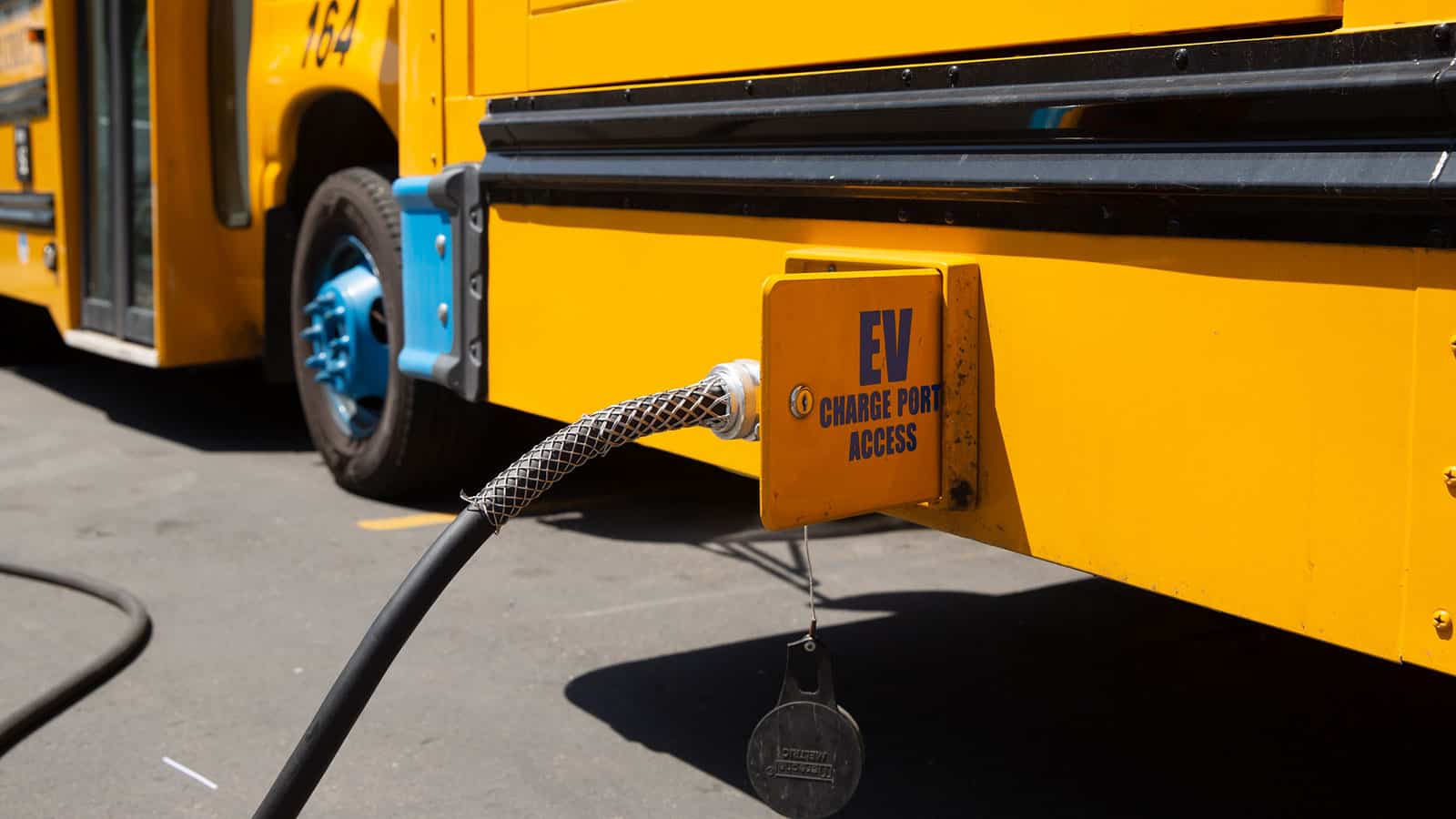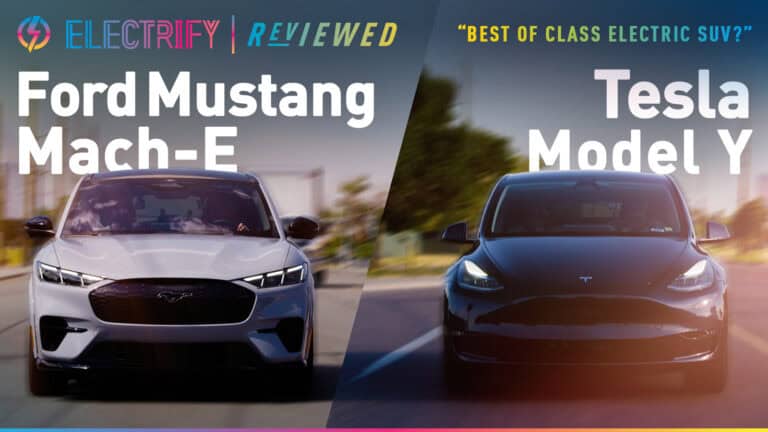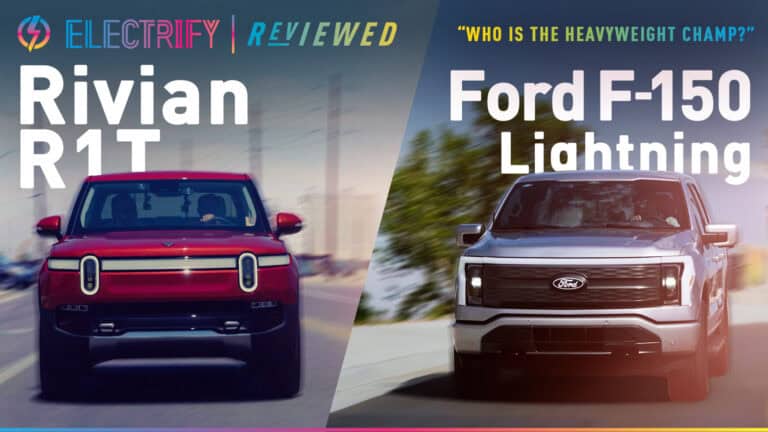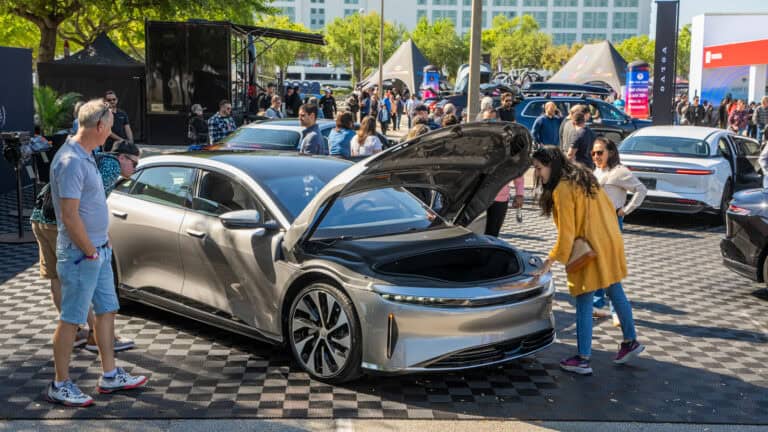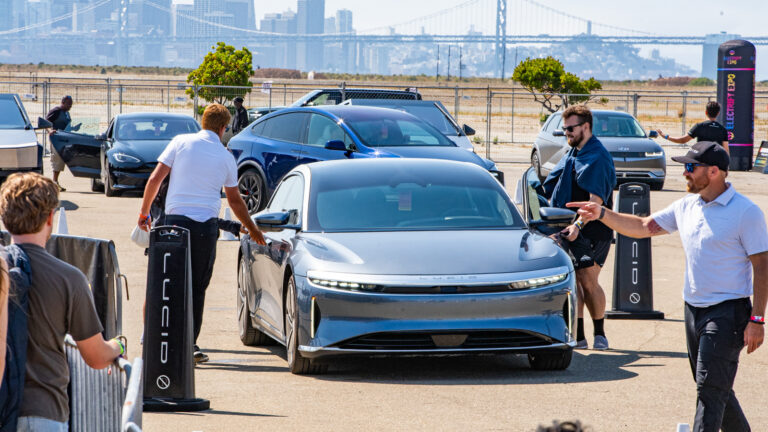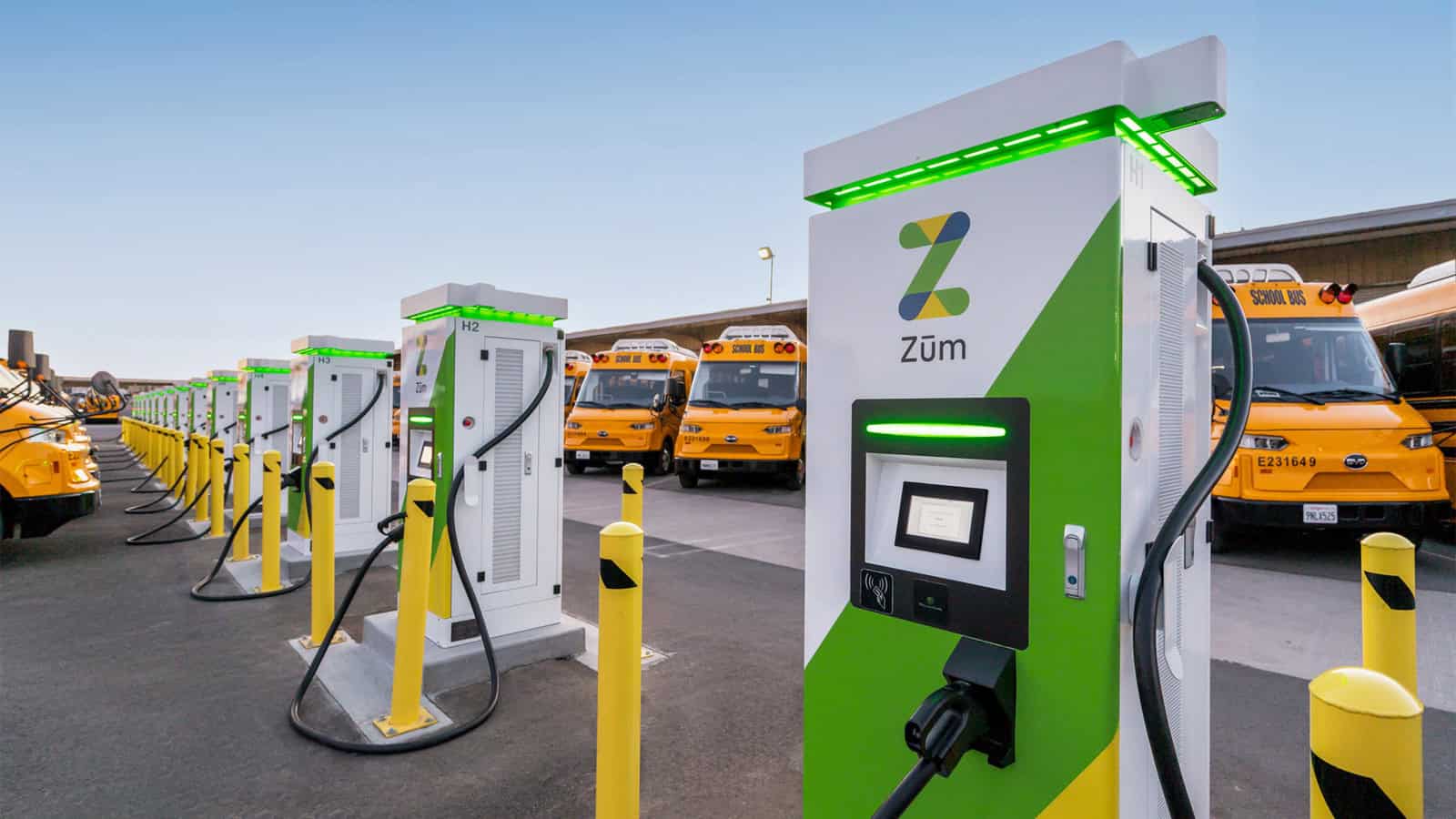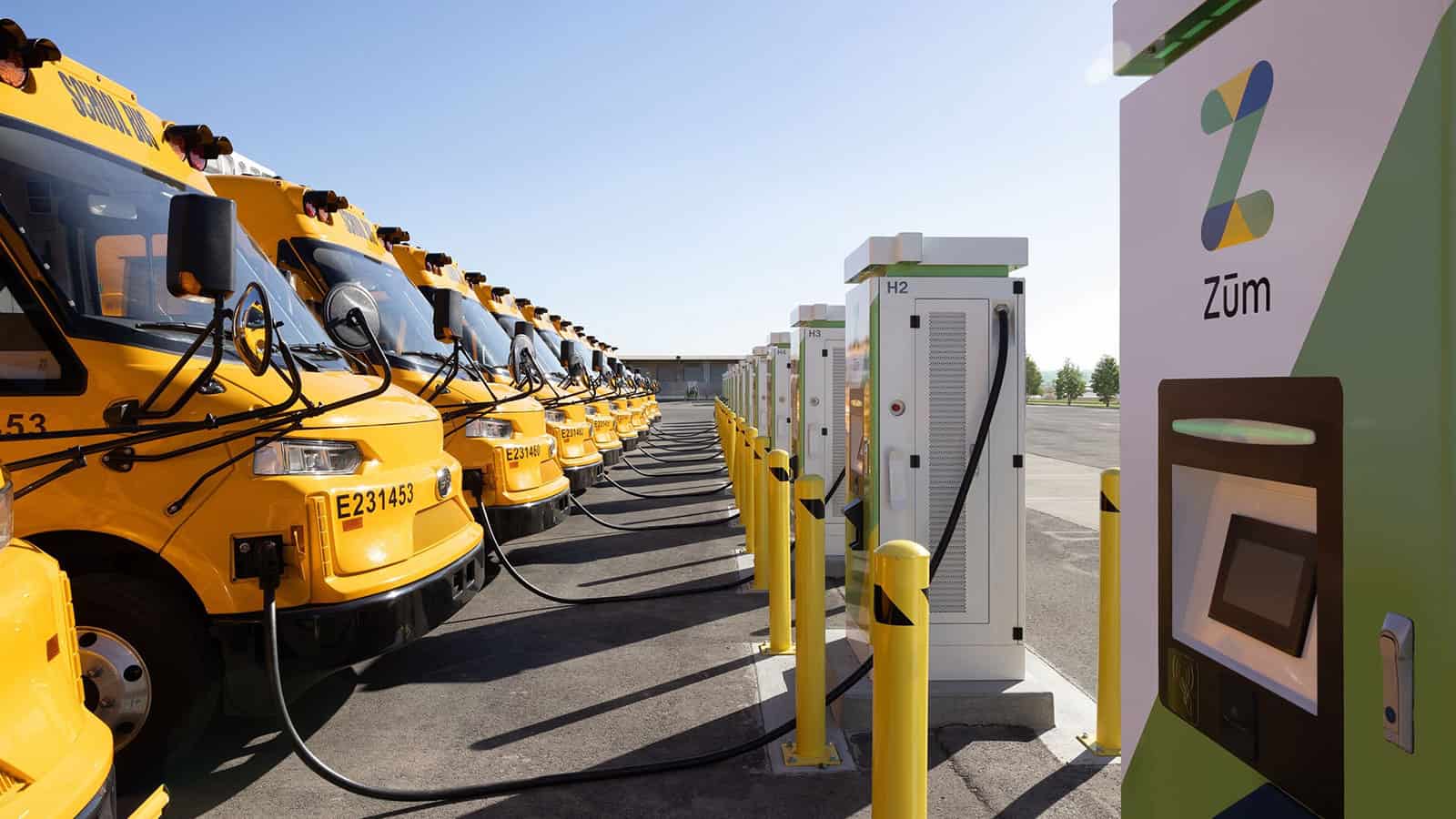- The EPA is offering $965 million to replace diesel school buses with electric models, adding to the $3 billion already invested.
- Electric buses have higher upfront costs but save on maintenance and fuel while reducing harmful air pollution affecting children’s health.
- Schools can get support and training to switch to electric buses with applications due by January 9, 2025.
America’s school buses are stuck in the past. They’re outdated, polluting, and harmful to our children’s health. Nearly 500,000 school buses still use diesel fuel, releasing toxic air pollution that directly affects over 25 million students every day. Not only is this an environmental concern, it’s also a public health crisis. Diesel exhaust is a known trigger for asthma, leading to more missed school days and lost educational opportunities, especially in low-income and rural communities. Yet, we continue to depend on these harmful buses as if they’re an unavoidable part of our lives.
Fortunately, change is on the horizon. The Biden-Harris Administration’s Investing in America agenda is actively challenging the outdated norms. So far, nearly $3 billion has been invested in clean school buses across the country. Recently, the U.S. Environmental Protection Agency (EPA) announced an additional $965 million in funding through the Clean School Bus Rebate Program.
ADVERTISEMENT
How Much Does an Electric School Bus Cost, and Is It Worth It?
Upgrading to an electric school bus can be a significant investment. Typically, these buses cost between $300,000 and $400,000, which is much higher than traditional diesel models that average around $100,000. However, the decision isn’t just about the initial cost. Electric school buses tend to have much lower maintenance and fueling costs throughout their lifespan. This means that while the upfront price is higher, you can save money in the long run on operational expenses.
According to EPA Administrator Michael S. Regan, “Thousands of new buses on the road mean our children are breathing cleaner air on their way to and from school, their communities are seeing cleaner air and less climate pollution, and schools are supporting good paying American jobs.” When you factor in the long-term benefits, both economic and environmental, the investment in electric school buses is overdue.



Bridging the Gap with Federal Funding and Incentives
To reduce the cost gap between electric and diesel buses, the EPA is offering financial incentives that can cover up to $325,000 for each electric bus. Plus, applicants may qualify for extra tax credits under the Inflation Reduction Act, which can add up to $40,000. The goal of this initiative is to make electric buses a feasible option, and to make them the clear choice. After all, if we genuinely care about our children’s health and the environment, why should diesel buses still be the standard?
EPA’s Clean School Bus Program has already funded the replacement of nearly 8,700 school buses, 95% of which are zero-emission, battery-electric vehicles. This is a strong start, but we need more. Large school districts with communities of concentrated poverty are being prioritized, ensuring that those who need it most are first in line for these upgrades.
This commitment is part of President Biden’s Justice40 Initiative, which sets a goal to direct 40% of the benefits from federal investments to disadvantaged communities overburdened by pollution.
ADVERTISEMENT
Schools Can Apply for EPA’s Electric Bus Funding by Jan 9. No Excuses
If you’re a school administrator still clinging to your fleet of diesel dinosaurs, it’s time to take a hard look in the mirror. You have until January 9, 2025, to apply for this round of funding. The EPA has made it easier than ever where applications can be submitted online, and there’s a dedicated team at the Joint Office of Energy and Transportation to provide free technical assistance.
Schools can even apply for training funds to help drivers, mechanics, and electricians get up to speed with these new technologies. There’s no excuse left not to make the switch.
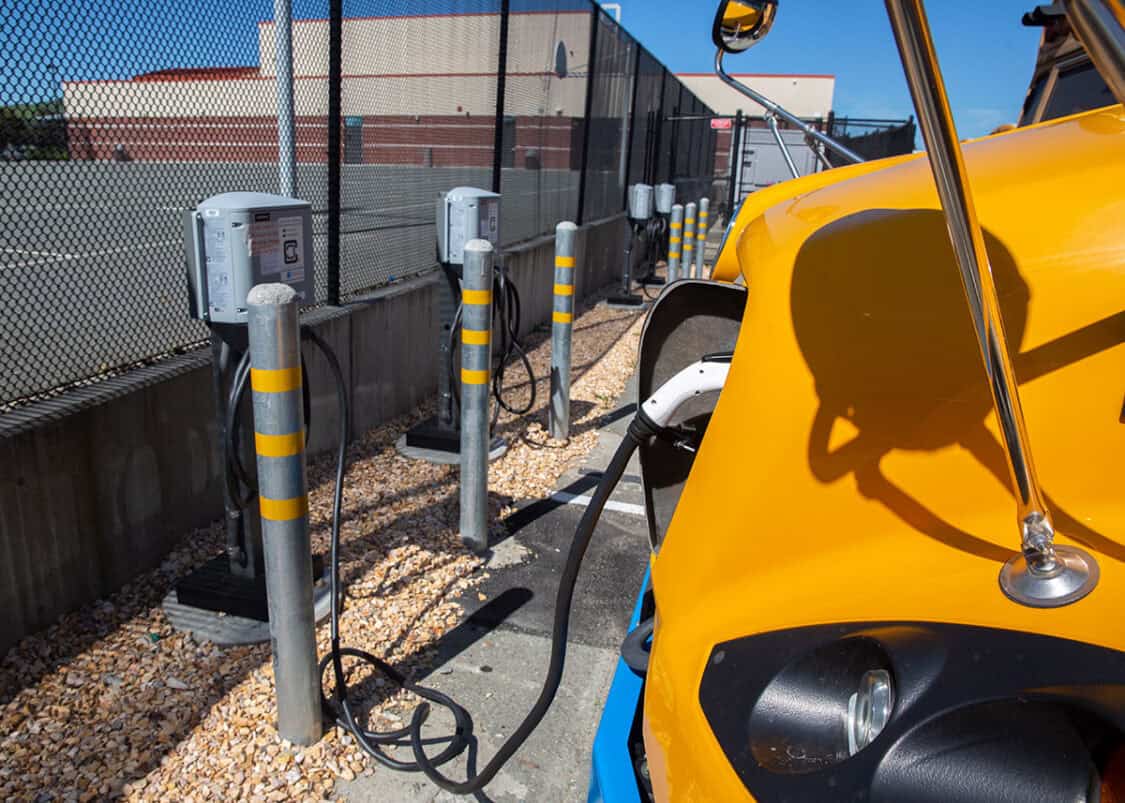
Concerns Over Electric School Bus Range? Most Routes Easily Covered, EPA Says
Not everyone is excited about the shift to electric school buses. Some people worry that the typical range of 100 to 150 miles on a single charge isn’t enough for longer rural routes. However, it’s important not to overlook the overall advantages.
The EPA is collaborating with local utility providers to improve infrastructure and improve range capabilities. Plus, most school buses aren’t driving through remote areas. They operate mainly on suburban and urban routes, well within the range of today’s electric models.


Our Children Deserve Better, And So Do Our Communities
The future of clean school buses goes beyond just being good for the environment. It’s about doing what’s right. Each diesel bus we replace means one less polluting vehicle on the road and brings us closer to a healthier and fairer world for our children. We can’t afford to delay or make excuses any longer.
If you care about the health and well-being of our future generations, now is the time to take action. Apply for funding, support cleaner alternatives, and urge your local school district to prioritize student health over the convenience of sticking to old practices. Our children deserve better, our communities deserve better, and we, collectively, deserve better.
ADVERTISEMENT

IMAGES: CALIFORNIA ENERGY COMMISSION
FTC: We use income-earning auto affiliate links. Learn more.


